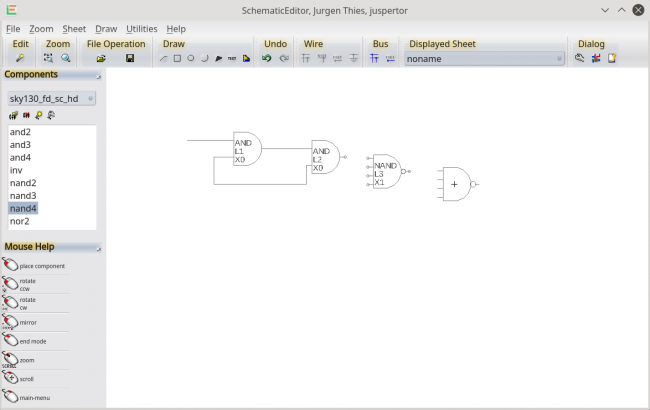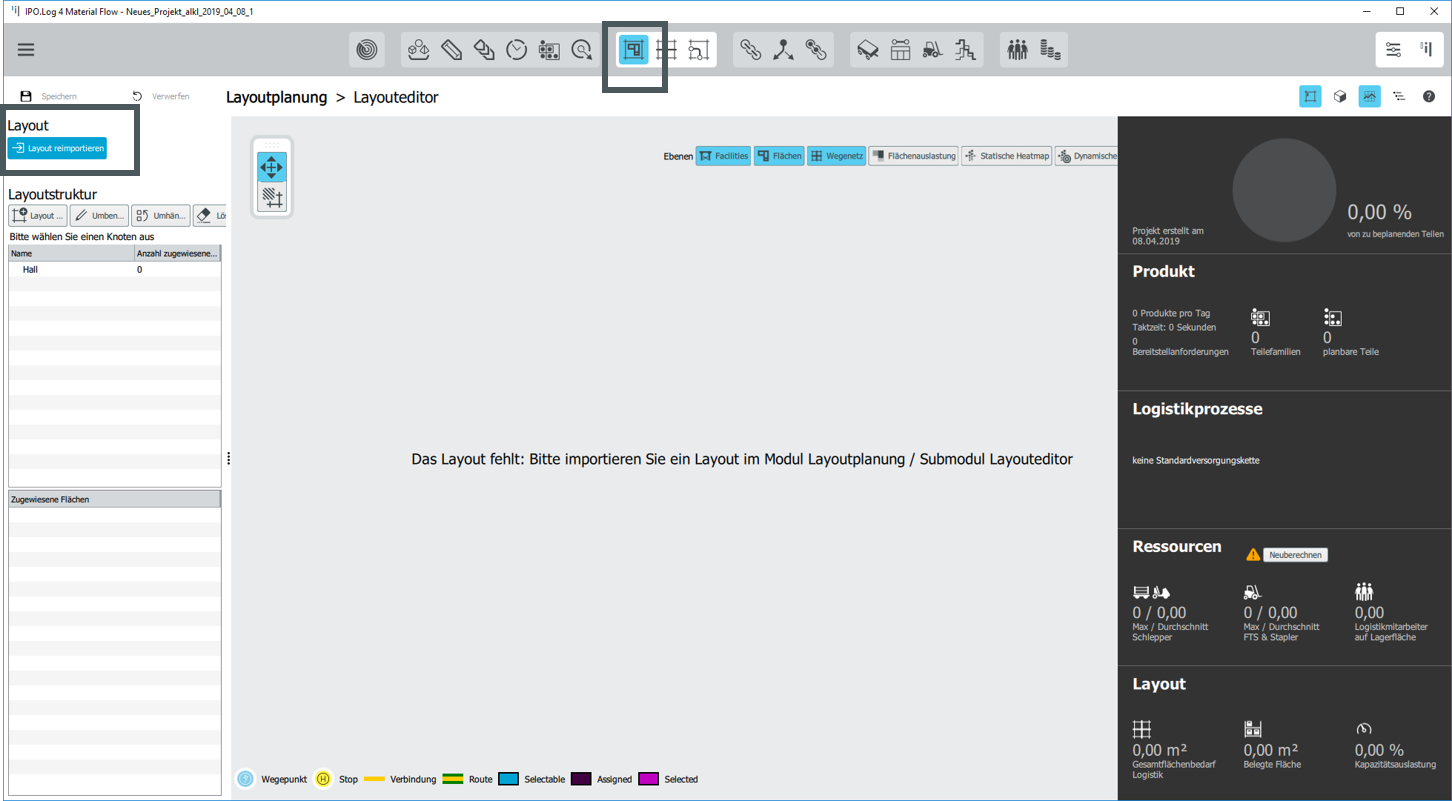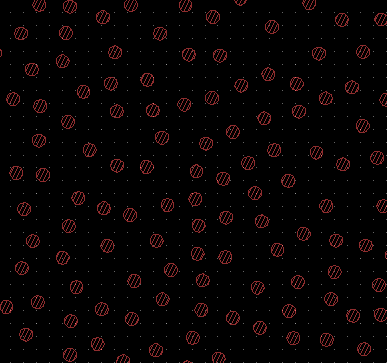

Void InitComplete(object sender, System.EventArgs e) Page.InitComplete += new EventHandler(InitComplete) Void Page_Init(object sender, EventArgs e) Use a field to reference the current WebPartManager.
LAYOUTEDITOR POINT CODE
For details about display modes and a description of the source code in this control, see Walkthrough: Changing Display Modes on a Web Parts Page. The first part of this code example is the user control that enables users to change display modes on a Web page. The code example has three parts:Ī user control that enables you to change display modes on a Web Parts page.Ī Web page that contains an EditorZone control and a LayoutEditorPart control, which is used to edit the layout properties of a BulletedList control.Īn explanation of how the example works when you load the page in a browser.
LAYOUTEDITOR POINT HOW TO
Further details can be found here.The following code example demonstrates how to declare a LayoutEditorPart control on a Web page, and enable it to edit several UI properties of a WebPart control. LayoutScript is included in most LayoutEditor packages. That is a scripting extension for the common scripting languages Python and Ruby and has an identical structure to access the design as C++-Macros. If you just need a scripting language for a automatic layout creation, you can alternatively use LayoutScript.

It can used in all areas like adding additional feature to the menu, parametric cells and callbacks. The layer information is accessed via the class layer, the general setup via the class setup and the schematic window via the class schematic.Ĭ++ Macros are the native build-in scripting language. Most of the drawing relevant classes can be accessed via the class layout. A more details description of the supported C/C++ langunage you will find here. Compiler commands unless '#include' are ignored. Own functions can be created, own classed are not possible. Enum and struc structures are not allowed and will case a termination. while, for and if structures can be used. Additional there are further type like string, stringList, point, pointArray, etc. They had to start as follow:Īs standard types you can use int, double, bool, void. Macro-examples are supplied within this documentation and are shipped with any package of the LayoutEditor.Īll macros are in a C++ code. The Application Programming Interface (API) with all its supported classes is described here. Here you will find an overview of the supported code. As the name already says the macros are programmed in C++ or more correct in an interpreter language very similar to C++ as not all parts of the C++ standard are supported. However it is most comfortable to use the build-in TextEditor as it contain an execute button for a simple execution of the macro. Own macros can be created in any text editor. With a correct naming of the sub-folder you define where in the menu the macros is displayed and to which window (layout, schematic, text editor) it appears. During program launch these directory-tree is scanned and added to the correspondent place in the menu. Macros stored somewhere below the "macros"-directory (set up via the SetupDialog or by default in the layout installation-directory-tree) are inserted in the menu tree. Macros can stored everywhere and can be executed by the ExecuteMacro feature. All macros in that folder and its sub folders will be added into the menu of the LayoutEditor.Ĭ++ macros are text-files and can be edited by with the EditMacro feature or any other text editor of your choice. Alternative you can store the macro file in a specially named folder. Stored macros can be executed via the ExecuteMacro function. After stopping the recording a TextEditor will be opened with the recorded macro.

The recording can be started via StartMacroRecording and stopped via StopRecordedMacro. The operation are stored in a C/C++ style and can be edited with any text editor. Like many office programs the LayoutEditor can record the operations you have done with the graphical user interface. The simplest way to use macros is macro recording.


 0 kommentar(er)
0 kommentar(er)
